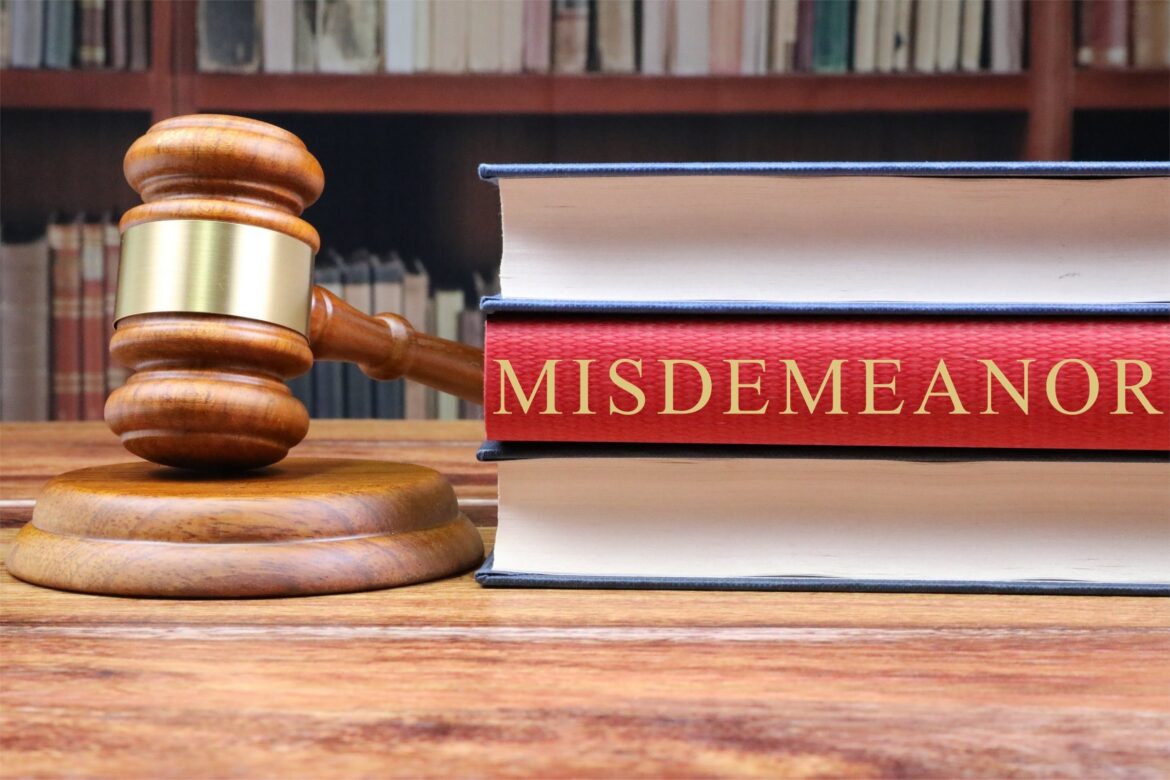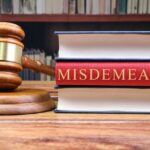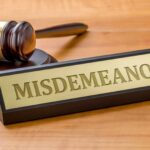New York is one of the most populous states in the United States and, like any other state, has a criminal justice system in place to maintain law and order. In the state of New York, crimes are classified into different categories based on their severity, with misdemeanor crimes being the less serious offenses. If you are facing a misdemeanor charge in New York, it’s important to understand the different classes of misdemeanors and the potential sentences associated with them. In this article, Eastcoastlaws.com will explore the different classes of misdemeanors in New York and the potential penalties that come with them.
Misdemeanor Classes And Penalties In New York
A misdemeanor in New York is any crime that carries a potential jail term of 15 to 364 days. New York has two classes of misdemeanors, class A and B, and a category of unclassified misdemeanors.
Class A Misdemeanors in NY
Class A misdemeanors carry penalties of up to 364 days in jail and a fine in the amount of $1,000 fine or double what the defendant gained from the crime. Class A misdemeanor examples include:
- petit larceny
- unauthorized use of a computer
- third-degree assault
- forcible touching, and
- graffiti damage to public or private property.
(N.Y. Penal Law §§ 120.00, 130.52, 145.60, 155.25, 156.05 (2022).)
Class B Misdemeanors in NY
Class B misdemeanors carry a maximum sentence of three months in jail and a fine of $500 or double the amount of the defendant’s gain from the offense. Class B misdemeanor examples include:
- fourth-degree stalking
- intentional and repeated harassment
- public lewdness (exposing oneself)
- first-degree loitering for the purpose of using illegal drugs.
(N.Y. Penal Law §§ 120.45, 240.25, 240.36, 245.00 (2022).)
Unclassified Misdemeanors in NY
Unclassified misdemeanors include those that violate the state’s traffic and automobile statutes. The individual statute or ordinance will typically specify the potential consequences in that situation. Unclassified offenses that are frequent include:
- driving with a suspended license, which carries a potential penalty of up to 30 days in jail and a $200 to $500 fine
- reckless driving, punishable by up to 30 days in jail and a maximum $300 fine, and
- driving while intoxicated, punishable by up to 364 days in jail and a $500 to $1,000 fine.
(N.Y. Veh. & Traf. Law §§ 511, 1192, 1193, 1212, 1801 (2022).)
Violations in NY
Offenses that carry potential penalties of 15 days or less in jail or only a fine are considered violations rather than crimes.
When A Misdemeanor Becomes A Felony In New York
In New York, felony charges may be brought for some repeat offenses or misdemeanors committed against protected classes. For instance, if a person commits a second misdemeanor within five years against a family member or household member, they will be charged with a felony. This addition, known as an aggravated family offense, covers more than 50 offenses. Another situation where a misdemeanor turns into a felony is a second DWI.
In some cases, an offense’s circumstances will result in harsher penalties. For instance, a hate crime will turn a class A misdemeanor into a class E felony. And when someone assaults an emergency worker, healthcare professional, animal control officer, or other protected employee in an effort to stop them from performing their professions, assault is upgraded to a class D felony from a class A misdemeanor.
(N.Y. Penal Law §§ 120.05, 240.75, 485.10; N.Y. Veh. & Traf. Law § 1193 (2022).)
How Does Misdemeanor Sentencing Work In New York?
If the defendant is found guilty of a misdemeanor, the judge may sentence them to a combination of jail time, probation, and a fine. Restitution or reparation may also be an element of the sentence, according to the judge.
If the judge decides that incarceration is not necessary for the protection of the public but the defendant requires the kind of assistance that probation supervision can offer, the defendant may receive a probationary sentence. For most class A crimes and most other misdemeanors, the legislation sets a maximum probation period of two to three years and one year, respectively. (N.Y. Penal Law §§ 10.0, 55.10, 60.01, 60.27, 65.00, 70.15, 80.05 (2022).)
Getting Legal Help From New York Criminal Lawyer
It’s crucial to consult a lawyer as quickly as possible if you’re facing misdemeanor charges in New York. Only a skilled criminal defense attorney who is familiar with the local prosecutors and judges can objectively evaluate your case and advise you on what to do. You may jeopardize your capacity to defend yourself against any allegations if you talk to investigators or make any decisions regarding your case without first consulting a lawyer.







